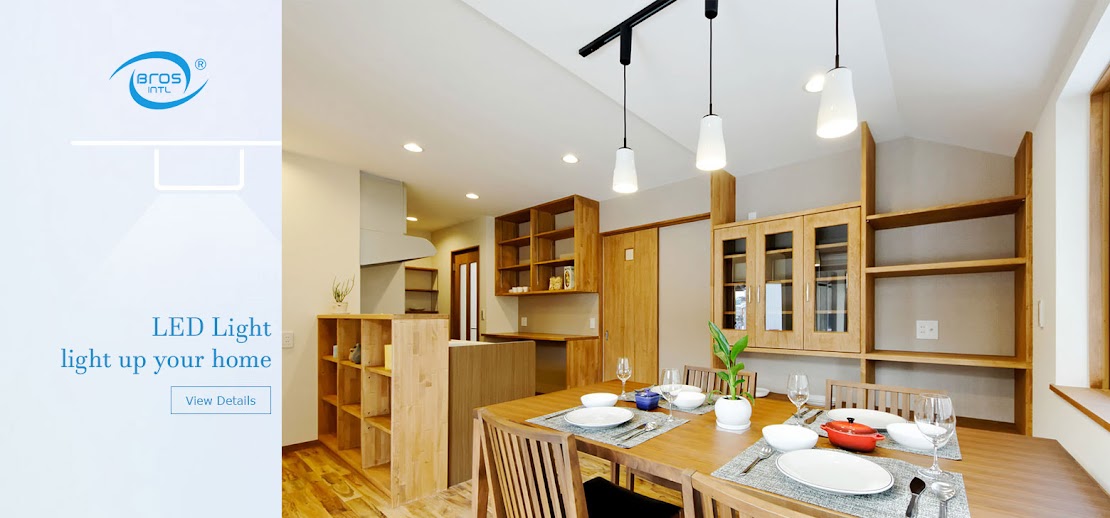What are the types of LED chip packages in the automotive market?
Choosing an LED technology is like choosing the right winter coat to wear: there are different models that provide more or less features depending on what you might need. Once you decide the features you want from your LED, you can easily choose the package type accordingly.
The basic types of chip LEDs are:
1. SMD (Surface mounted diode):

SMD (Surface mounted diode) is a standalone chip on a ceramic base that can be integrated into various packages for linear LED strips or downlights. SMD technology also supports chips with more complicated designs, such as SMD 5050 chips, that have RGB capabilities on a single chip. This is very powerful for color combinations. The technology takes the shaped design to be closer to that of a flat, square computer chip. It is also worth noting that SMD chips can have more than just two contacts (one anode and one cathode). SMD chips can have 2, 4 or 6 contacts, depending on the number of diodes on the chip. With the SMD design, there is an individual circuit for each diode. For example, SMD 5050 chips have 3 diodes on the chip, which translates to 3 circuits and a total of 6 contacts.
SMD chips have been a very important development for the LED industry because of the ability to put 3 diodes on the same chip. When a chip includes a red, green, and blue diode, you have a chip that can create any color you want by adjusting the level of output from each individual diode on the chip. Because they are very bright and can change colors, these chips are used extensively for LED strip lights and light bulbs.
2. COB (chip on board):

COB (chip on board) LED, which comes as a high powered chip in direct contact with a printed circuit board optimal thermal management. COB and SMD can be similar because like SMD, COB chips have multiple diodes on the same “wafer” or chip. However, this is where the similarities end. In fact, on every COB chip there are multiple diodes; typically 9 or more. The other big difference between COB and SMD technology lies in the fact that while SMD requires a circuit for every diode included on the chip, COB devices only have 1 circuit and 2 contacts for the entire chip regardless of the number of diodes. This single circuit design, regardless of the number of diodes on the chip, leads to simplicity for the rest of any COB LED device.
Perhaps even more important than the simplicity aspect, COB also leads to improved lumen-per-watt ratios in comparison to other LED technologies such as DIP and SMD. Unfortunately, the big draw back from the single circuit design of COB chips stems from the fact that multiple channels are necessary to adjust individual levels of light output to create color changing effects. What this basically means is that COB technology, while very powerful and efficient in single-color applications, cannot be used to create color changing bulbs or lights.
Before COB technology, LED spot lights and flood lights were historically considered “non-standard lamps” because they required multiple LED sources to produce a high lumen output. Since the advent of COB chips in the LED arena, a large lumen count can be produced from a single source using a COB chip. This was never possible before COB, but has been a revolution for people who want to lower their energy bill but also need a standard lamp. Besides spot lights and floodlights, COB chips have been put into all kinds of bulbs and used for a number of other applications as well.
3. ETI FC (Flip-Chip):

ETI FC(Flip-Chip) LED is a new patented technology by mounting the LED diode upside down compare to the present day COB LED production. In FC LED, patented Flip Chip process instead of traditional COB wire bonding is applied. Flip-chip not only shortens the production process (which means cost reduction), but also significantly reduce thermal resistance and result in higher heat dissipation rate than in the traditional golden wire bonding COB LED. Meanwhile, FC LED’s smaller and square design makes its light beam more focused.
Benefit of Flip-Chip LED:
– 200 times faster thermal dissipation rate on each diode compare to ordinary COB LED
– No need heavy weight thermal HEAT SINK (due to better heat dissipation rate)
– Longer life: Almost no decade (estimated about 3% in 6000 hours)
– Higher module reflective brightness.
– No Shadow of light, no lead frame for certain light angles limitation ( wider light angle of about 120 degree)
– Producing better lighting specification than other same 450mA current LED products


No comments:
Post a Comment
Thanks for connecting with BROS, much appreciated about your sharing.
Discover more with BROSled.com | BROS International Co., Limited | Future-oriented Lighting.